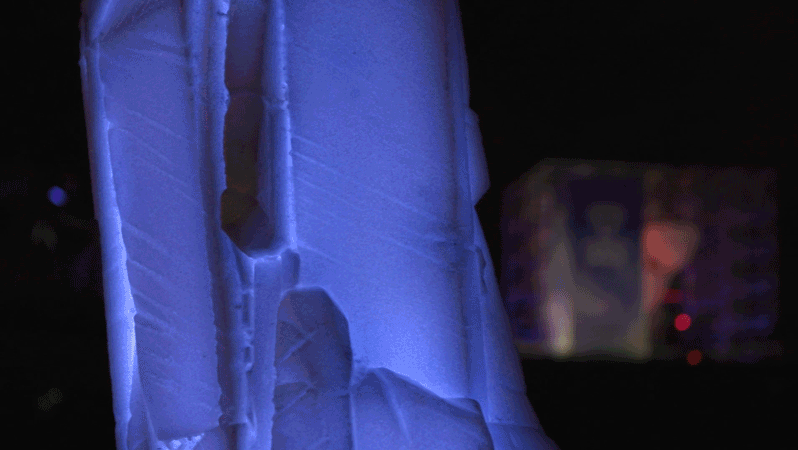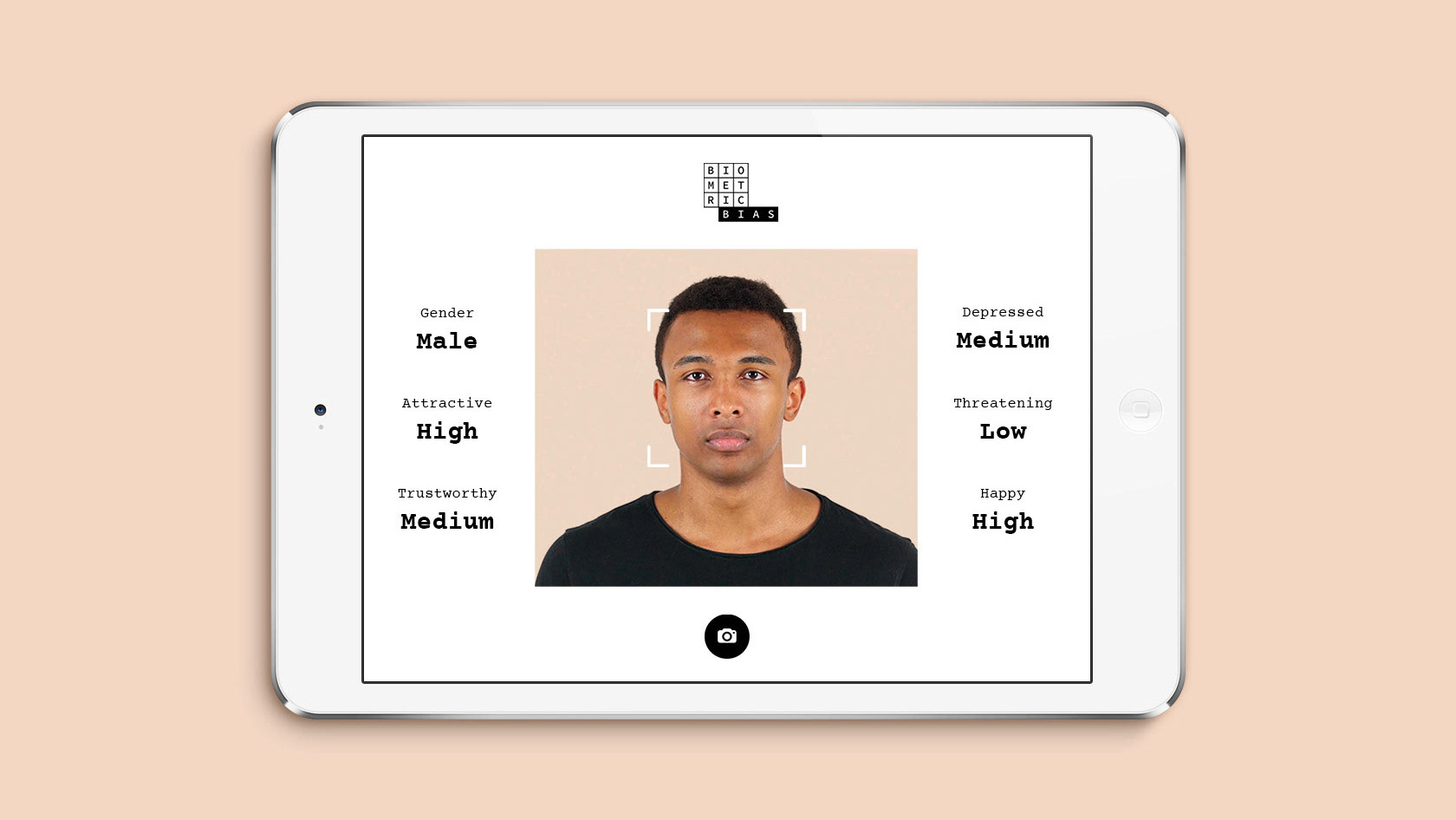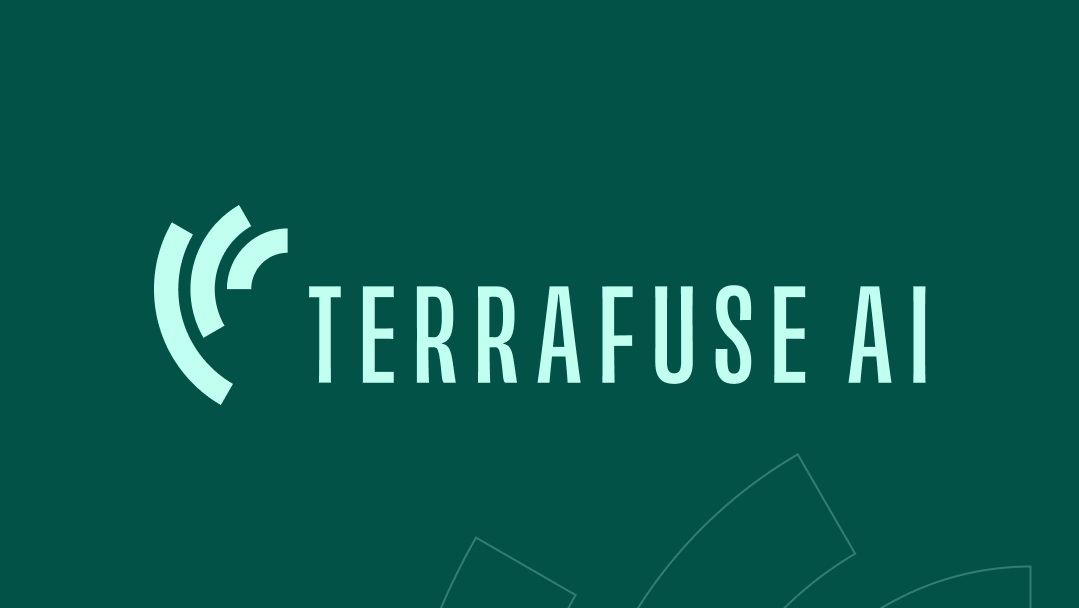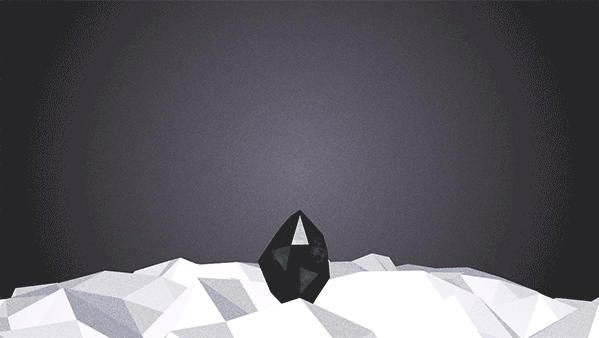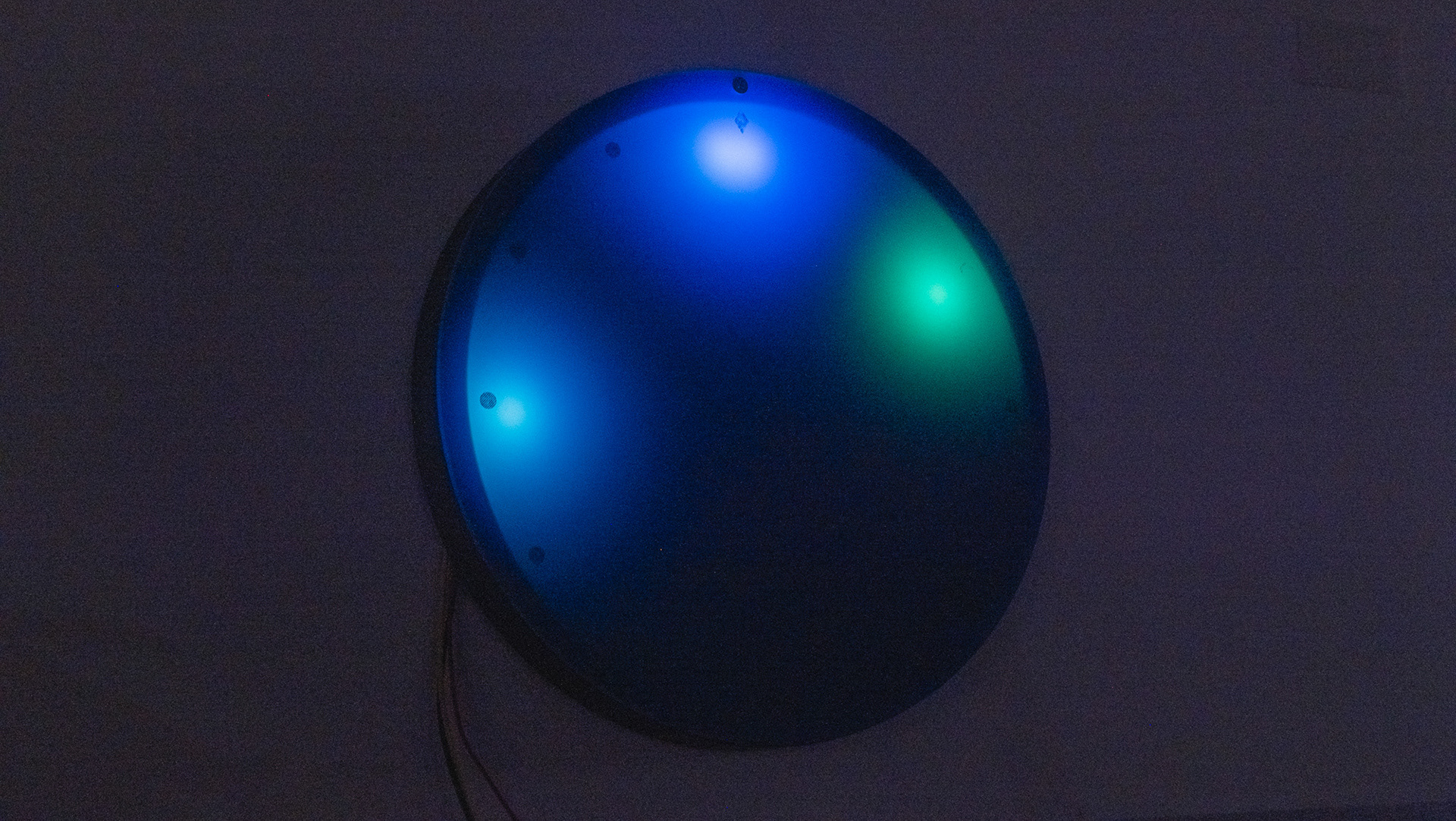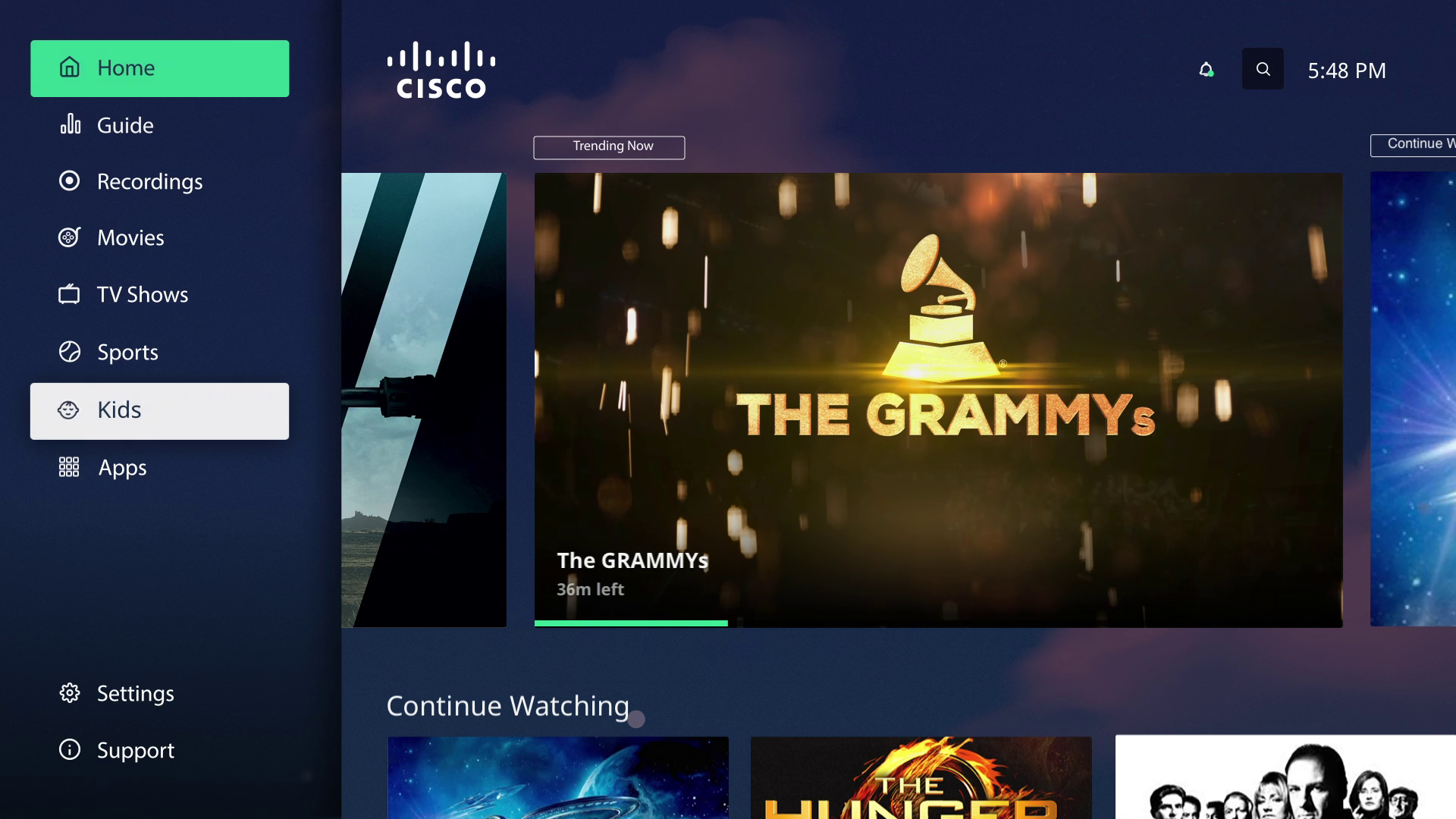Overview
Timefeel is my current/upcoming installation project, exploring the gap between how we perceive time (dynamic and fluid, depending on the situation) and how we measure it (static units) of seconds, minutes, hours (and so on). What might it look like if our timepieces measured perceived time?
Below is a condensed look at the project. You can read much, much more at my project thinking/working space on Coda.

Linear Clock Motion
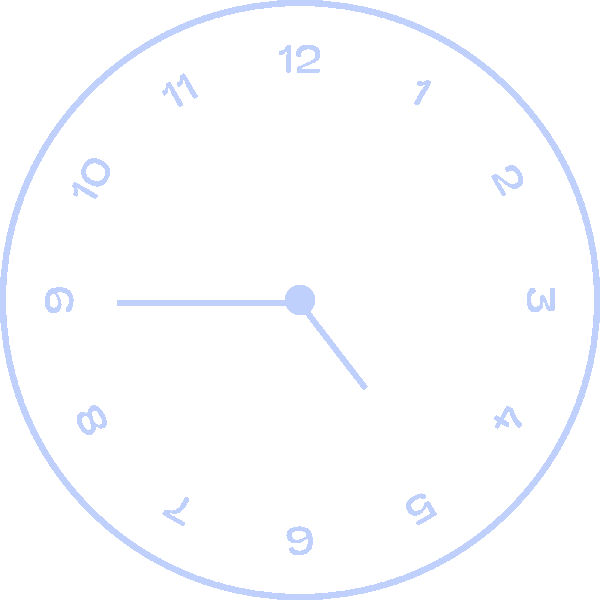
Chaotic Clock Motion
Origins & References
For the longest time, I've wondered why 30 minutes felt like an eternity when I was a kid but seems to fly by now. A common theory is that the older we get, the smaller any amount of time seems relative to our lifetimes. Or perhaps our brains are still developing and we aren't accurately able to calibrate time. Either way, I've always found this fascinating.
In 2019, I read Carlo Rovelli's book The Order of Time, which looks to deconstruct the Newtonian view of time as a dimension like space, flowing from past to future. I couldn't help but be swayed by his broad thesis that time does not exist. Or at least, that time is created by and in our perception of it.
Somewhere between these events, I saw Polymorf's Dialect for a New Era, an installation that describes feelings through scents. I love this degree of abstraction applied to such an intangible feeling.
Once I started working on the project, I also discovered ITP Clock Club, an absolute treasure trove for anybody interested in timepieces and timepiece-based art.
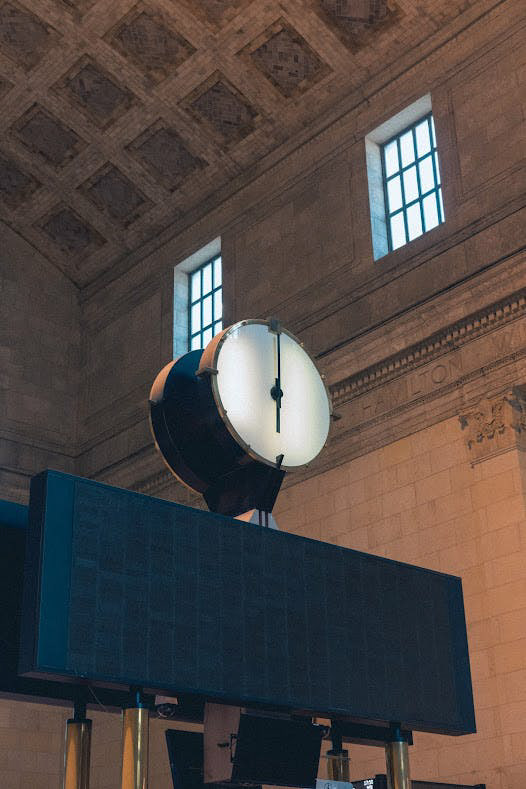

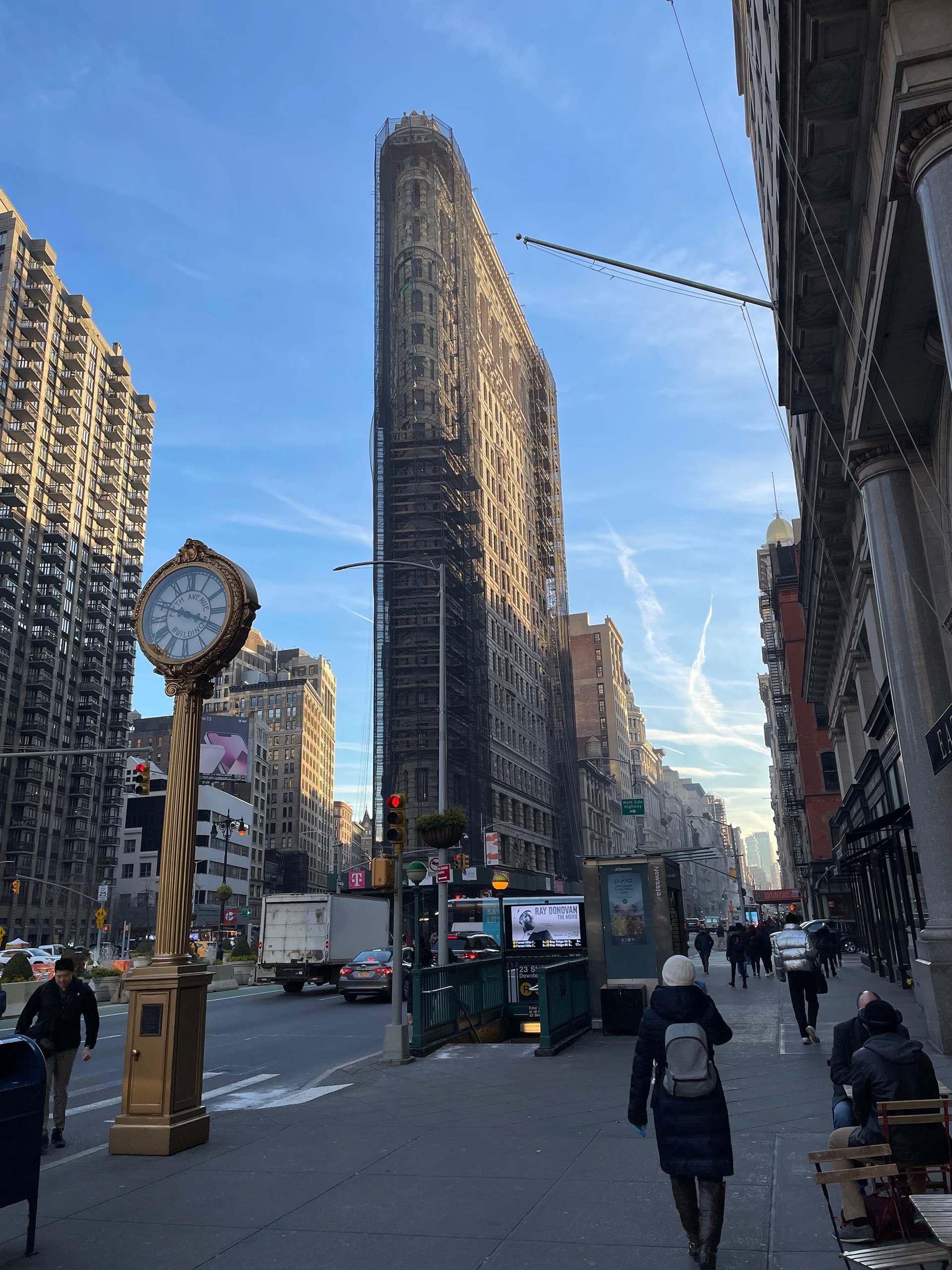
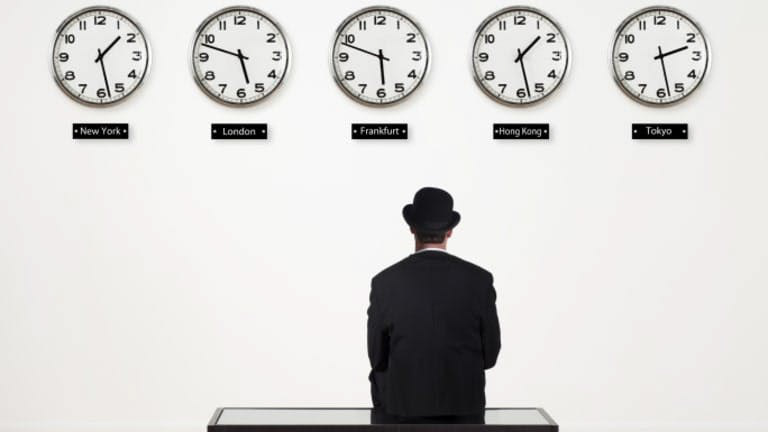

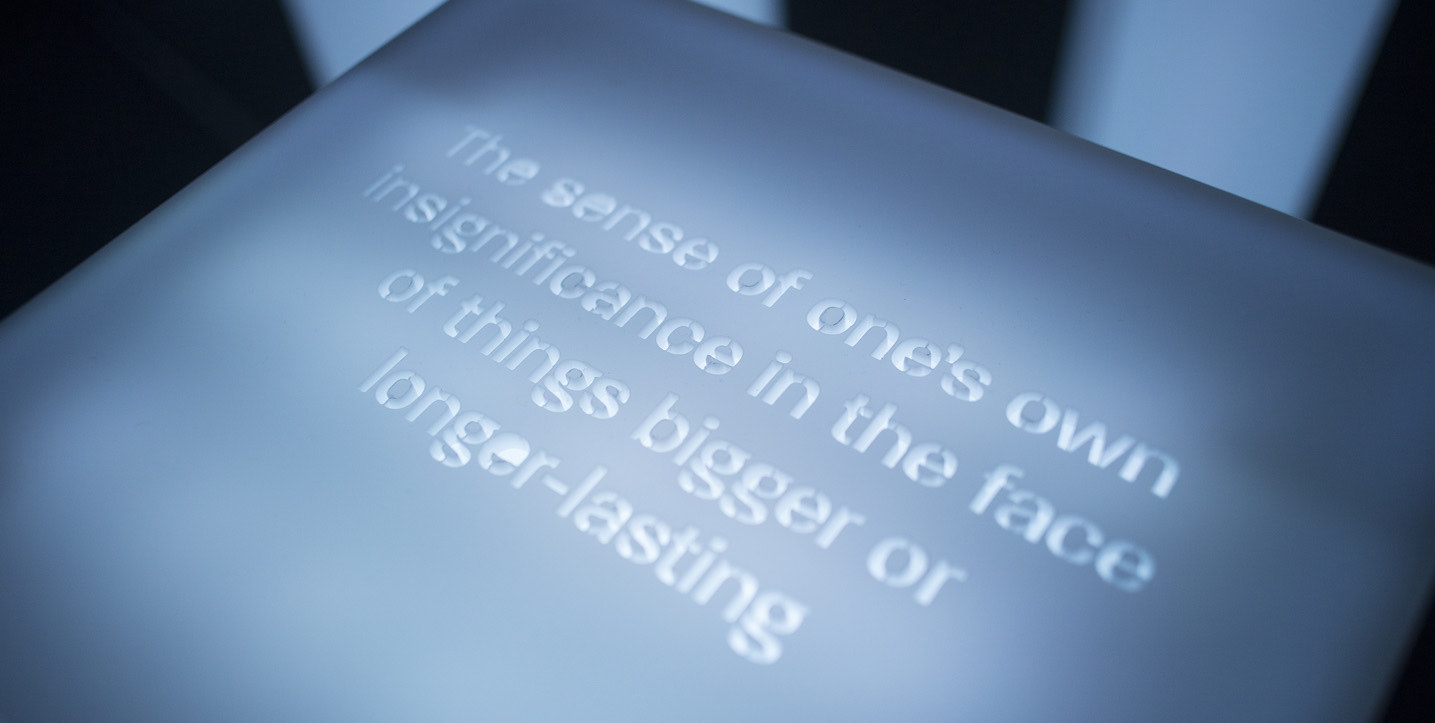
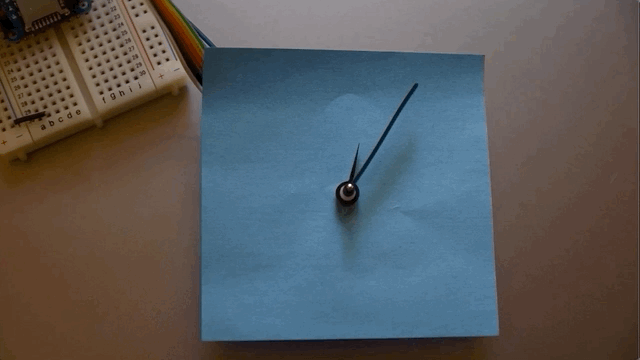
Clockwise from Top Left: Union Station (Toronto); Chelsea Market and Flatiron (Both NYC); a wall of time zone clocks; Tom Igoe's Quarantine Clock; Polymorf's Dialect for a New Era; Arielle Hein's Sun Clock.
Phases
This is a fairly ambitious project so I've broken it down into more feasible pieces:
First, twelve wall-clock style pieces, identical in form but with different behaviours. Each clock mimics a specific experience, again, drawing from Polymorf.
Then, a web-based tool where people can customise and share their own timefeel by tweaking clock movements and behaviours.
After that, a large physical “public clock” that can be controlled using the submissions from the web app.
Finally, further explorations into experiential timepieces that move beyond the language of a wall clock. For example, a pendulum accurately mimics nervous pacing back and forth in the halls of a doctor's office, waiting for test results.
I'm creating Timefeel as part of the CreateSpace BIPOC Public Art Residency and as part of ArtworxTO (Toronto's year of public art 2021-22). It's set to show on Toronto Metropolitan University's campus and at least one other space in the city of Toronto.
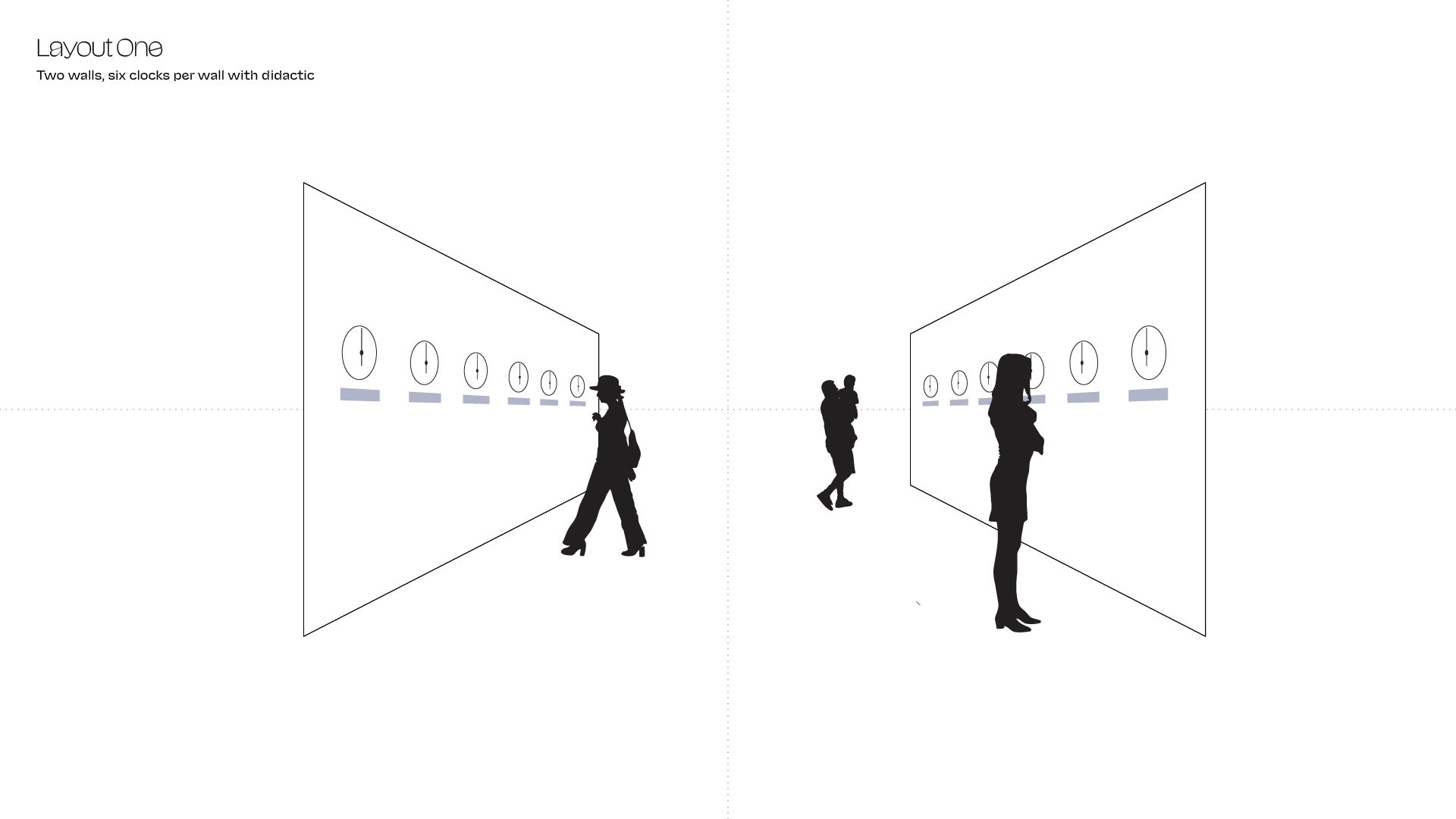

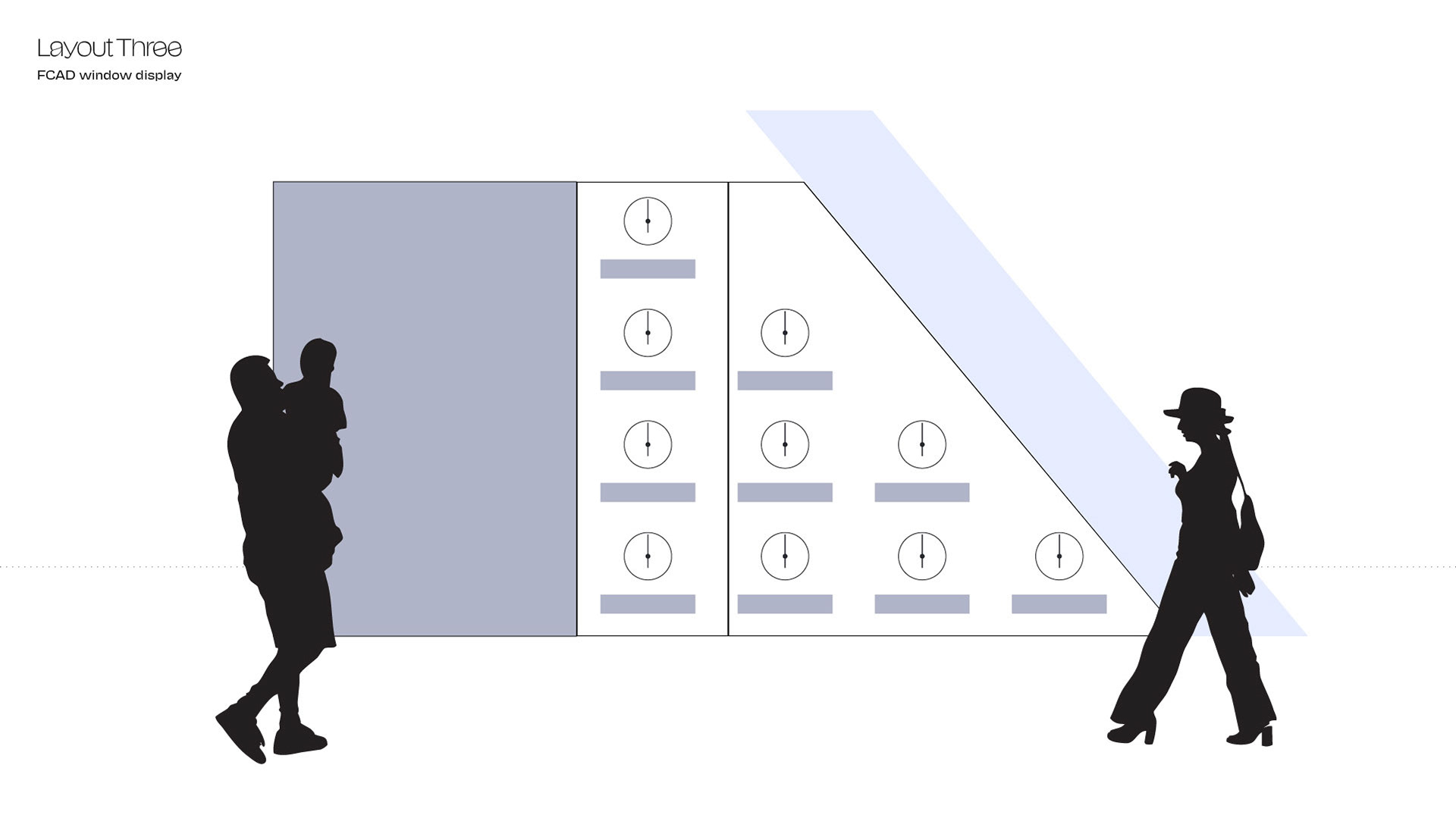
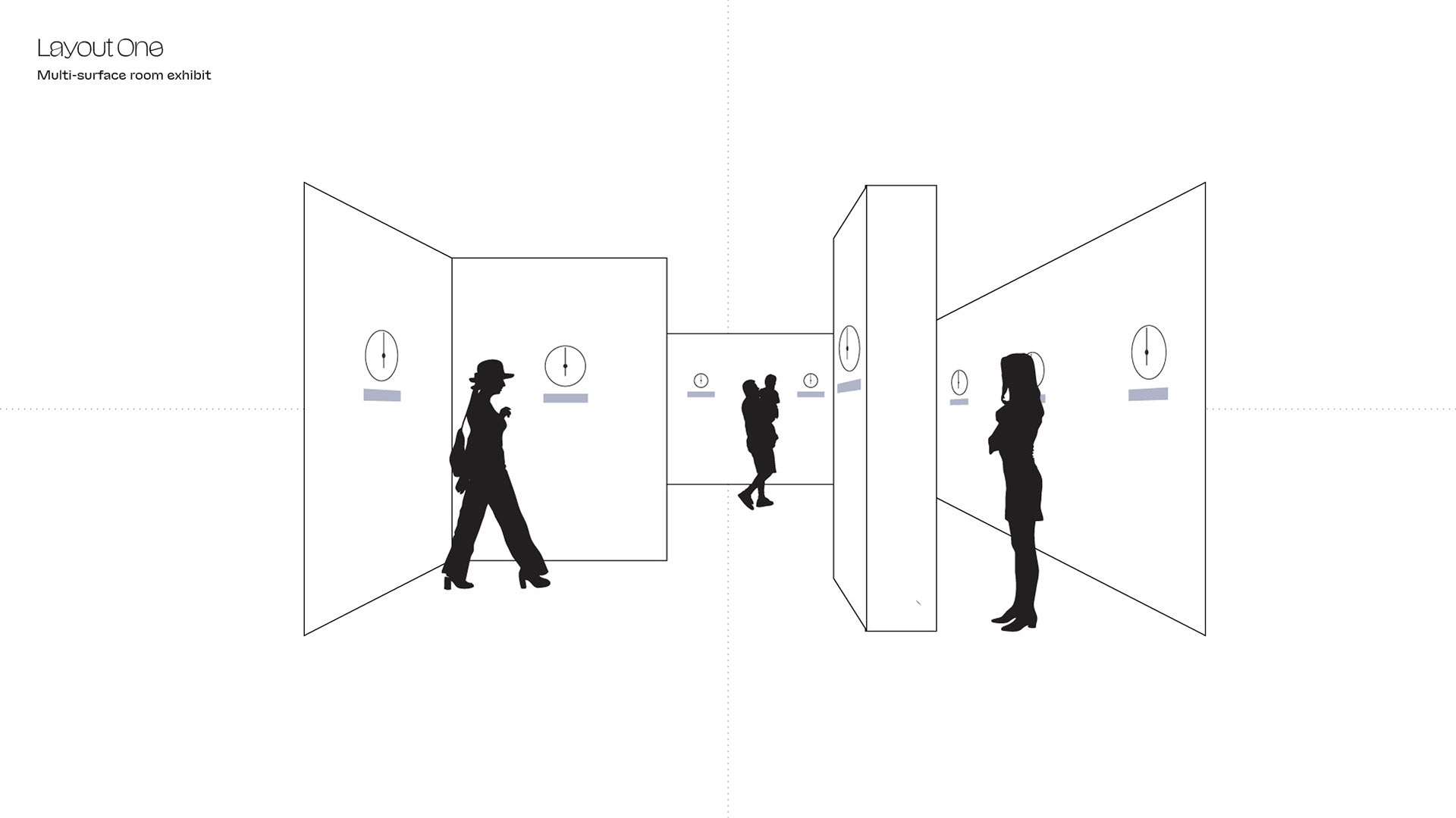
Design & Components
The timepieces are powered by an Arduino Nano connected to a stepper motor. The motor rotates the dials, which are laid over the clock face. The clock face is backlit with LEDs. The whole thing sits on a supportive backplate which is then wrapped with the clock cylinder.
Paper prototype
Through the Design Fabrication Zone, I worked with Pooja Patel, a fourth-year Interior Design student, on the clock forms. Here's a video I made to onboard her to the project.
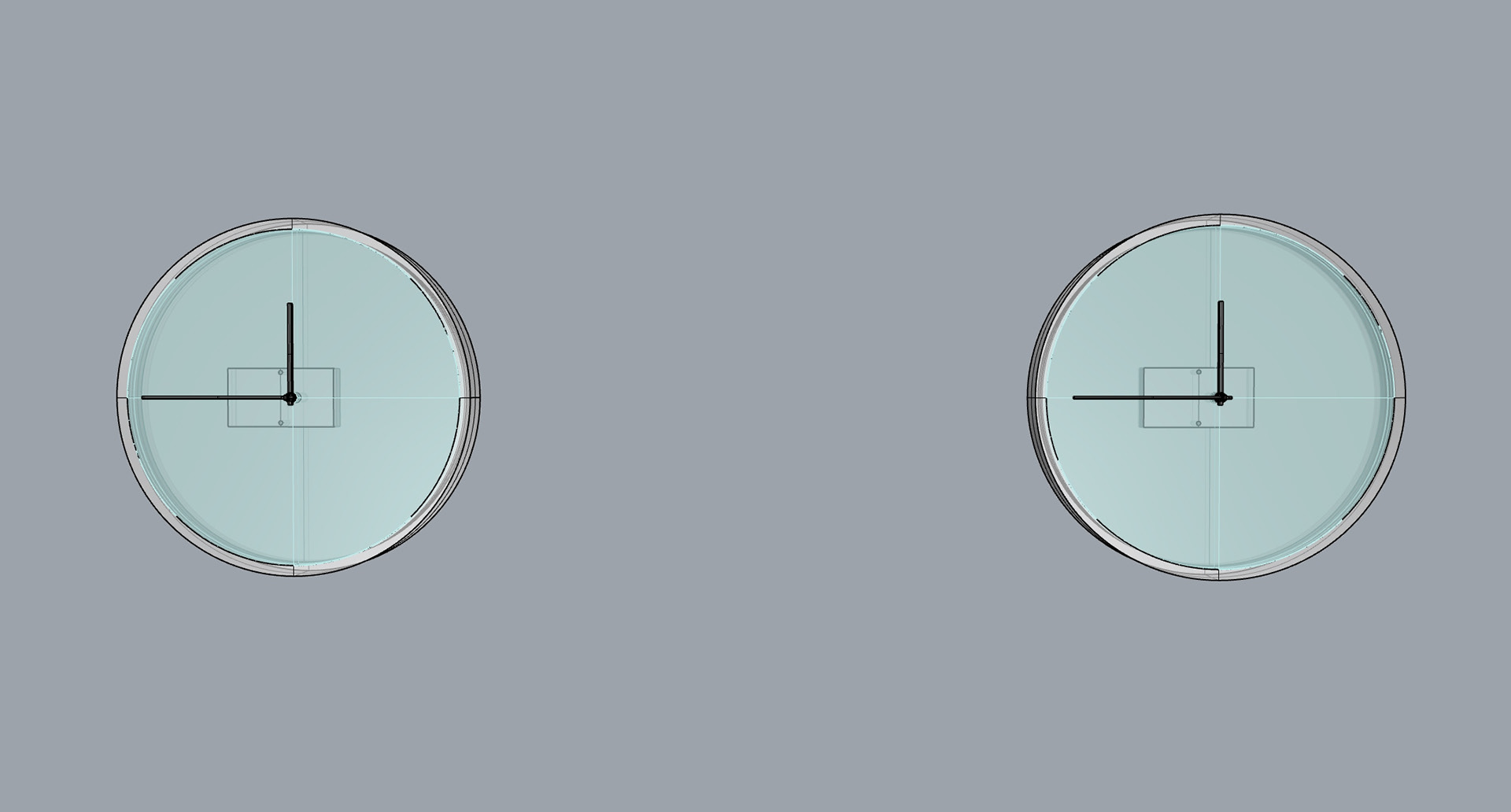

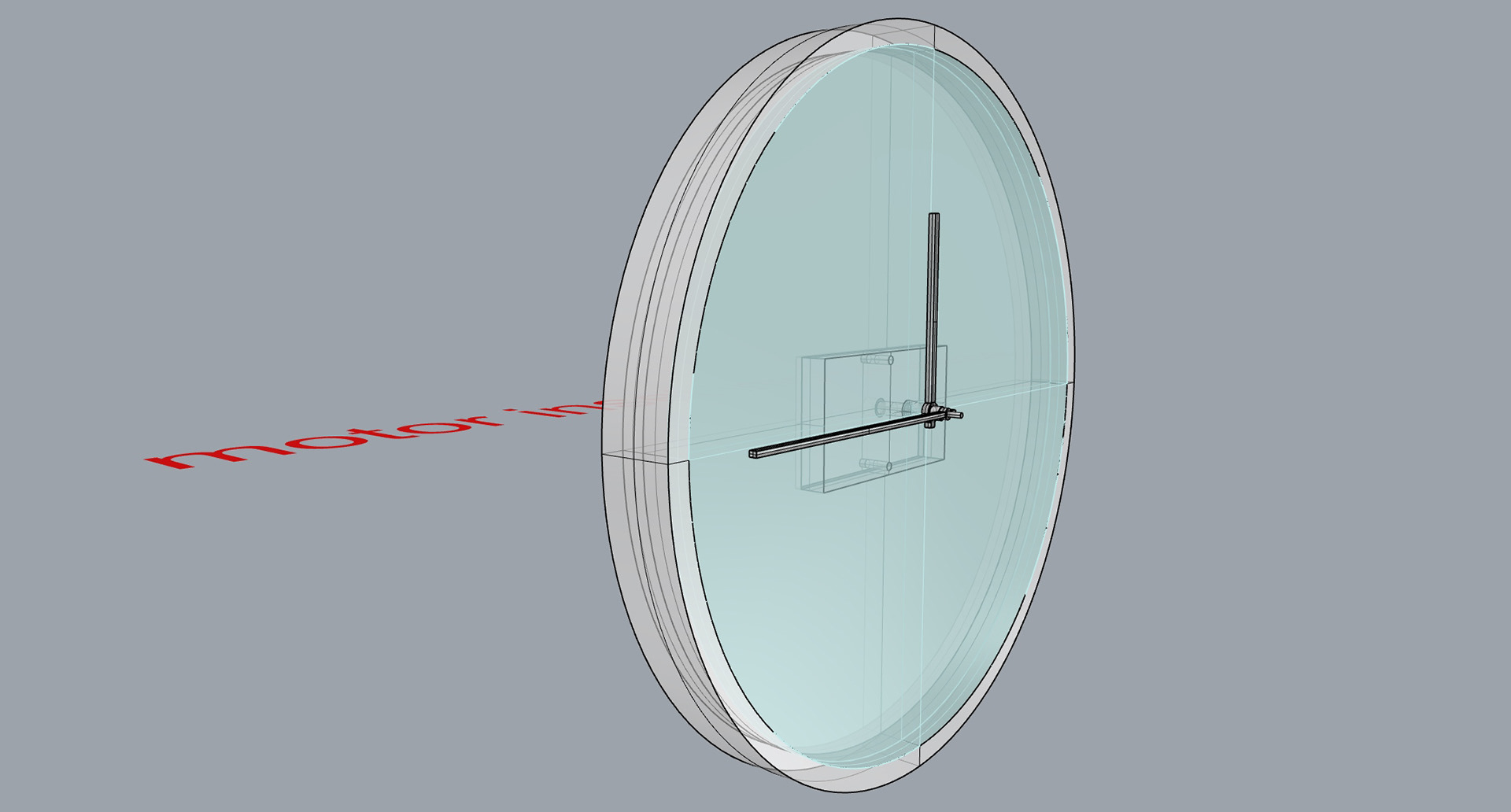
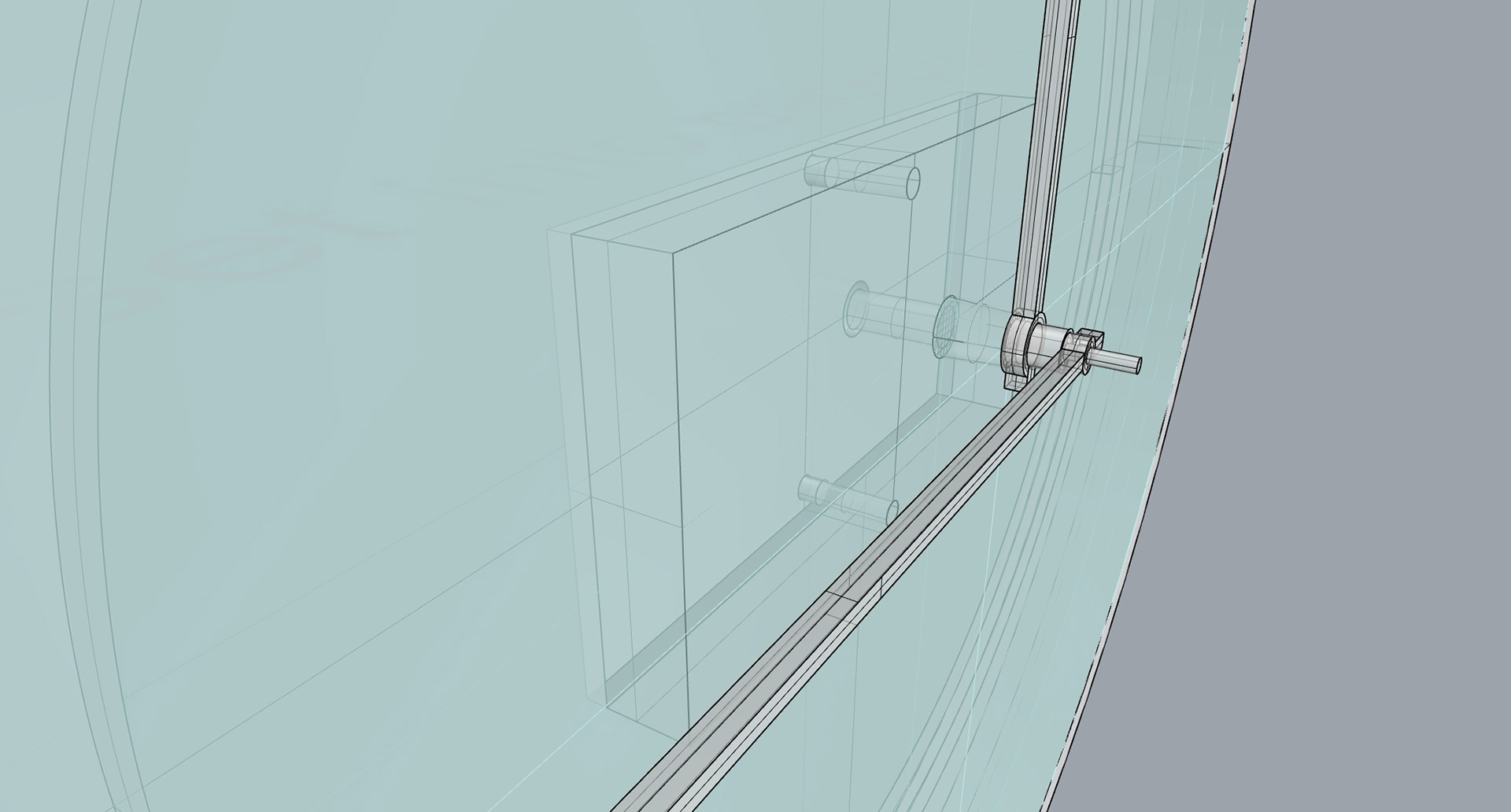
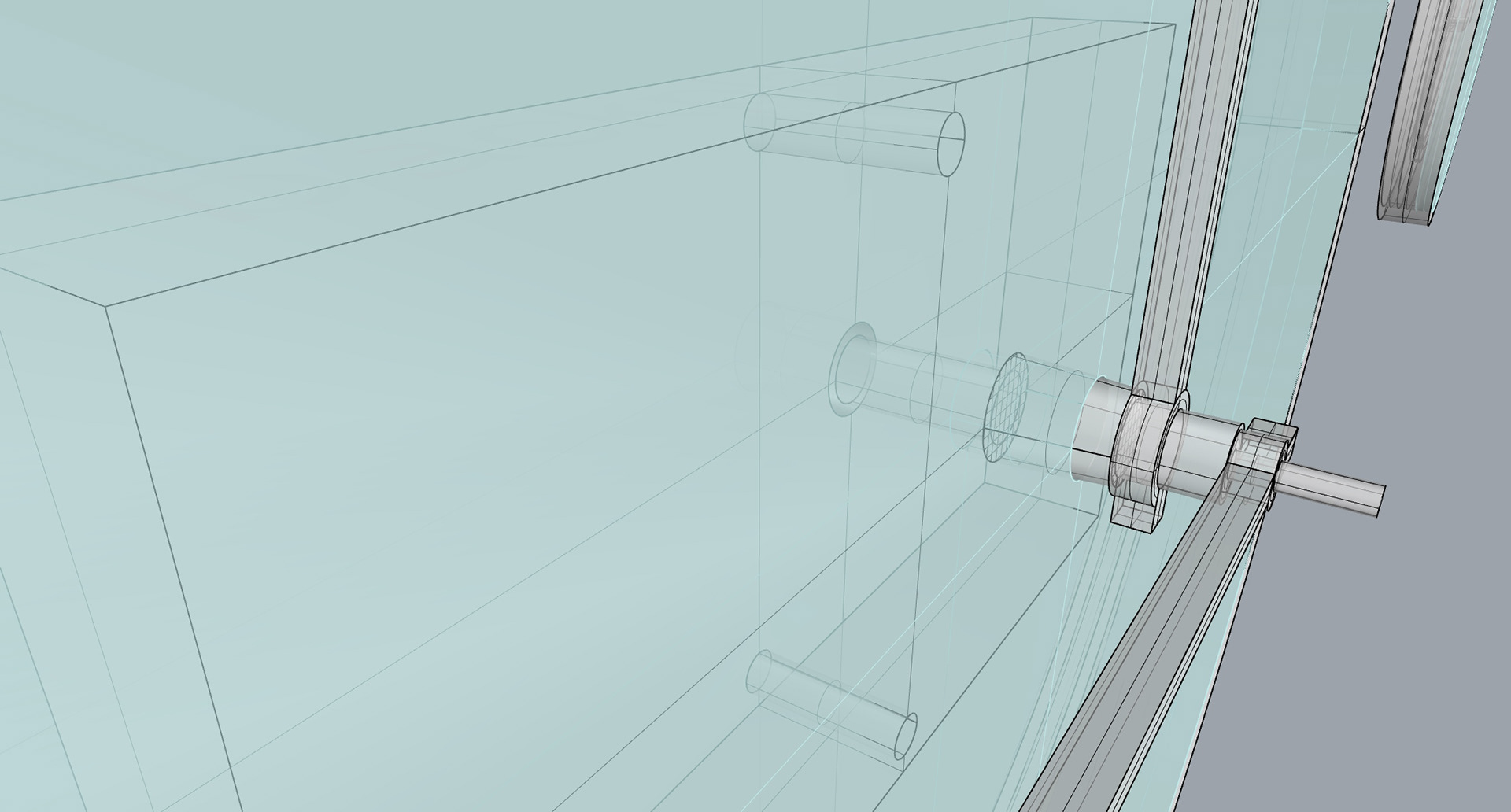
Pooja Patel's updated Rhino models for fabrication
Prototyping in MDF
ITP Camp Summer 2022
I brought the project to ITP Camp 2022, where I learned a lot about physical computing, digital fabrication, woodworking, coding and more. I was able to create a more advanced prototype, but, the night before our final presentations, I blew up my Arduino.
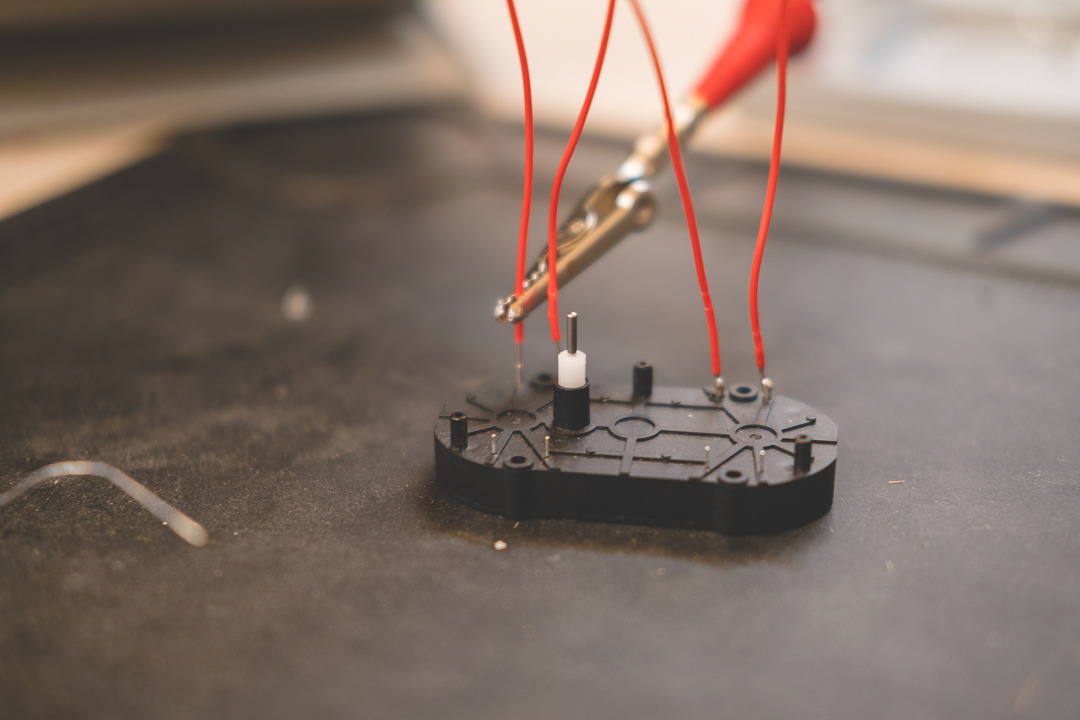



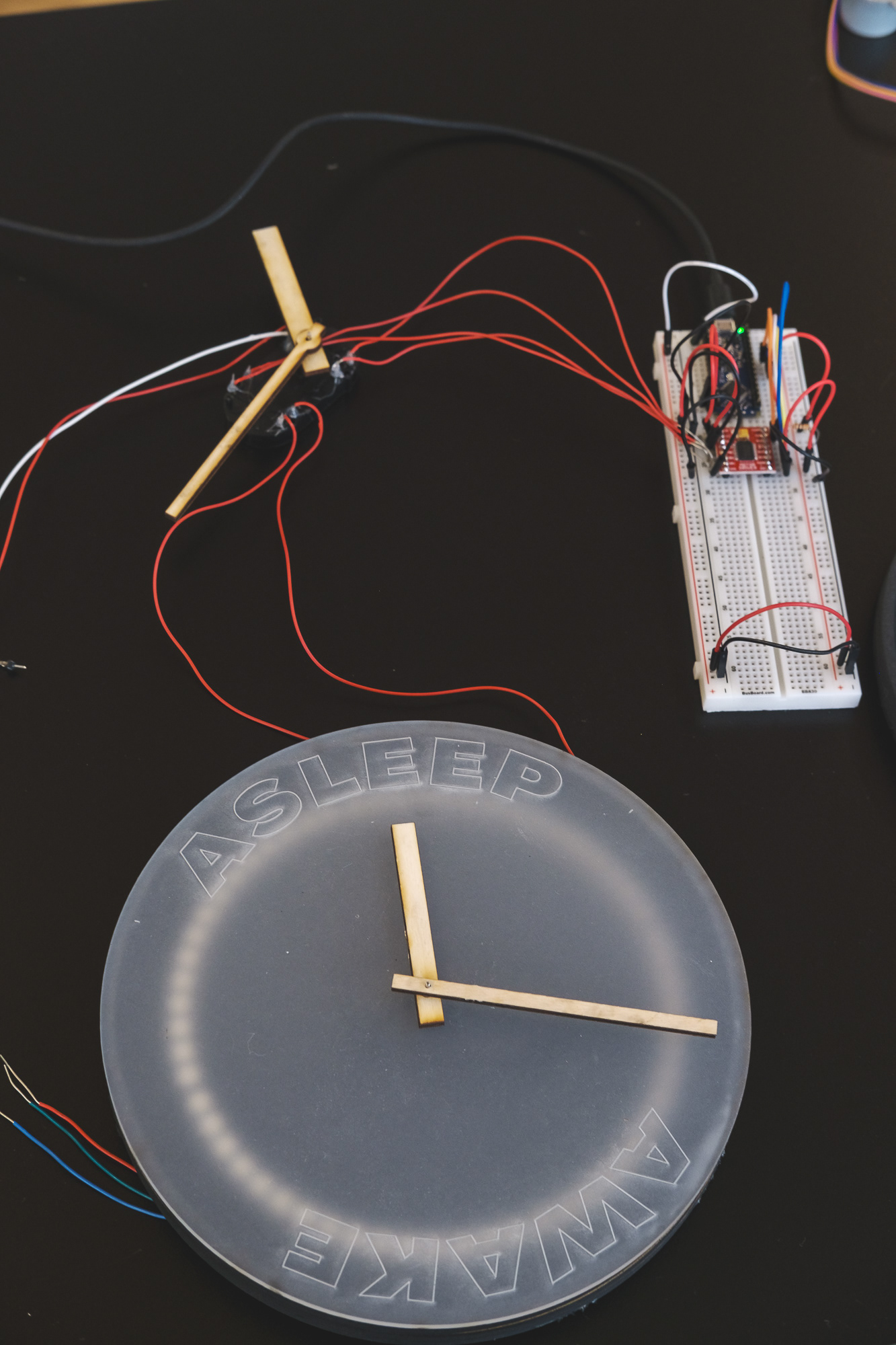


The First prototype, hypnagogia, fluctuates between being “awake” and “asleep”.

